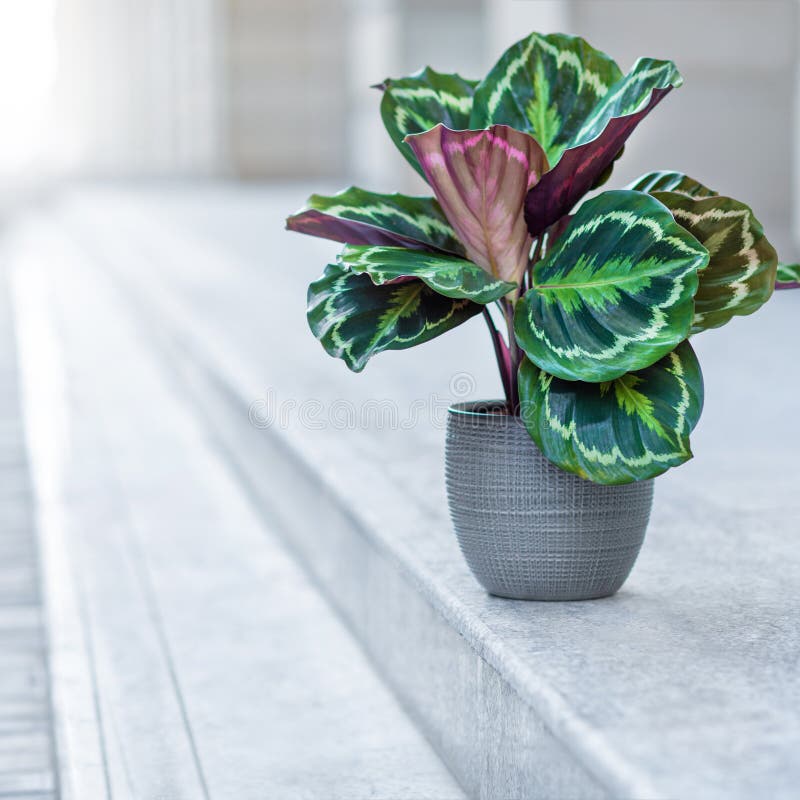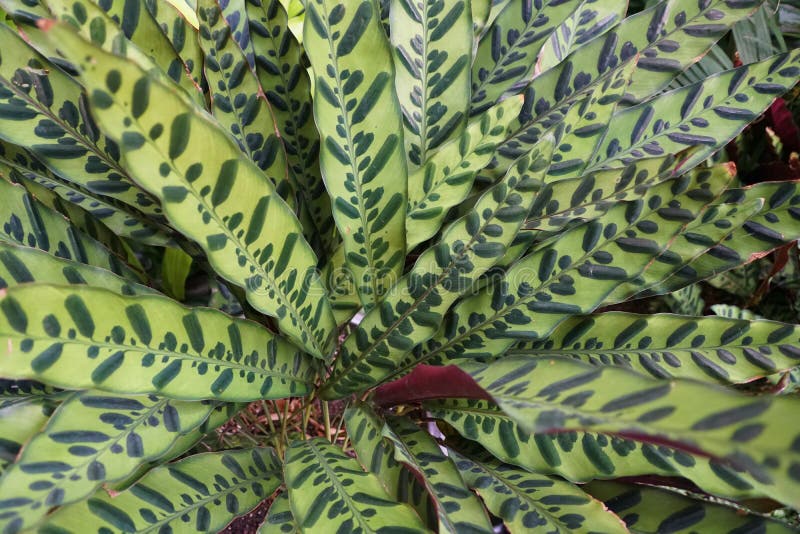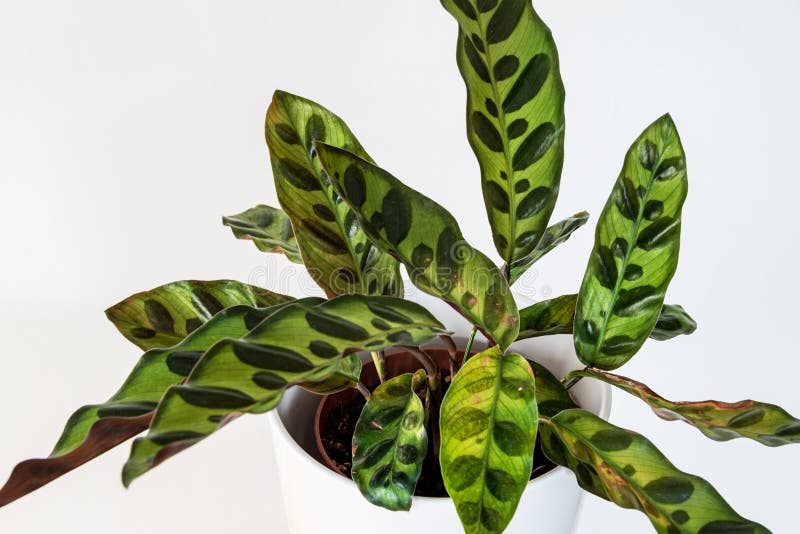A perfect guide for caring and growing Calatheas plant

Indoor plants are gaining popularity day after day. They make your room beautiful, colorful and fresh. If you are into indoor planting you might have heard “Calatheas” or if you’re someone who already knows and owns a calathea, you still might be interested to know how to care for this beautiful species.
Let’s learn about how to care and grow Calatheas plant and bring it into practice to achieve perfect result.
What are Calatheas?
The Calatheas is a large group of plants native to tropical and subtropical regions of American continents. This stunning species from marantaceae family are characterized by their large broad leaves, decoration on the upper lamina with prints and colorful inflorescences. They grows on the bed of the forest where there are low sunlight and high humidity.


Nowadays they are popular as indoor plants in homes and offices because of their exotic patterns and colors in their leaf. This plant is also a great pickup for pet lovers too as they are pet-friendly species.
How to grow Calatheas?
1. Potting/ Repotting


– Calatheas needs potting when you buy it for the first time and need repotting every few years as the plant grows in size.
– Get a pot with good drainage so that the extra water can be drained.
– Then, fill half the pot with potting soil and put the root part of the plant on it. Don’t forget to break clumps of soil before putting it in the pot to make it porous.
– If you don’t have potting soil, you can use compost mixed soil from nearby field but be aware on worms which might damage plant root.
2. Propagation
a) By division:
– Propagating Calatheas is quite tricky and needs a lot of patience. They are usually propagated through division.
– Divide the roots at the natural division from plants root-balls and then pot it separately for new plants. Be careful not to damage the fragile roots of Calatheas as it impacts growth or generation a lot.
– But, the divided parts will take some time to generate their roots and in the process the remaining leaves might dry a little.
– So, one need to be patient for at least 2 to 4 weeks.
– The pot in which the plant is propagated should have enough moisture, porous and well-drained.
b) By seeds:
– Difficult to achieve success but could be done.
– Mix cocopeat with soil for its better growth.
– Moisten soil and sow the seed at depth of 0.5- 1 cm depth.
– Cover the pot with plastic to maximize humidity and keep seedling warm.
– Place the pot in bright areas with indirect light.
– Once the seeds are 3-5 cm high carefully transplant it into separate pot.


How to care for Calatheas?
Being an indoor plant they need less care and attention. But that does not mean you can put the plant and completely ignore it. You should at least provide it with basic requirements. But extra love and care is never disappointing rather it makes this species look so stunning.
1. Sunlight
Calatheas don’t need much sunlight. It is better recommended to put in the places where it can get morning sunlight. But be aware to avoid direct sunlight for a long time and don’t put the plant in dark places too.
2. Humidity
– This species prefer humid places. So, you must maintain the humidity of the room to be at least more than 50%.
– If you observe the leaves turning brown and crispy at the edges it is due to dryness. Thus, it is better to spray leaves with water from time to time to fix the humidity level.
3. Temperature
Calatheas do not prefer both cold as well as hot temperature. 70 to 85 degree Fahrenheit is recommended to maintain, as this temperature is considered to be best for its proper growth and development.
4. Watering
– The soil need to be moist for this species to flourish well.
– While watering, stick your finger in the soil. If you feel moist then the water you give is enough. If you feel dry, you need to give more water.
– Giving less water will make your plant dry and it will eventually die whereas giving more water will results in bacterial and fungal infection in the roots and plants will die. So, aware of overwatering and underwatering.
– Simple formula is just to never let the soil be dry and water-logged.
5. Fertilizer
You should fertilize the soil with liquid fertilizer (NPK) at half-strength once per month to provide it with the required nutrients. If it doesn’t get enough nutrients it will not flower and the leaves might turn brown.


Benefits of Calatheas
a) Decoration: Calatheas are extremely beautiful and there is no denying it. The neon green and purple-pink color of the leaf will give a nice contrast to the room. The plant always sticks out and gives a modern feel to the room’s architecture.
b) Easy To Care: Calatheas are very easy to look after. They don’t need much care other than watering and pruning. It also does not get any major diseases but watch out for spider mites as they can nest in the leaves.
c) Air Purification: Calatheas plants take harmful chemicals from the atmosphere and clean them.
d) Non-toxic: The plant is completely non-toxic and is safe for a home with kids and furry friends (pets). So, best preferred by indoor plant lover.
Some beautiful Calatheas


Source: olena-shmahalo-nMnQH_D_kBo-unsplash
1. Calathea Makoyana (Peacock Plant)
2. Calathea Crocata
3. Calathea Zebrina
4. Calathea Roseopicta
5. Calathea Roseopicta ‘Dottie’
Interesting Facts
a) The Calathea genus consists of more than 150 species of plants.
b) Calatheas are also called “Prayer Plant” as the leaves close at night to look like praying hands.
c) Some Calatheas are named after animals because the patterns on the leaves look similar to the patterns of the fur of animals. Some examples of this include Zebra Plant, Peacock Plant, and Rattlesnake Plant.
d) The vibrant color of the leaves fades away when kept in harsh sunlight.
e) The plant is also known to work as a humidifier for the room and maintain humidity.
Hope all of you have enjoyed this article and will practice it to achieve intended results. We will be back soon with more new articles till then happy reading and keep supporting us. Thank You!



excellent info on moringa plants, where can I purchase seeds to plant it?
The best place is amazon at your location. Try checking some agro stores around you. Let us know for more questions.
A very interesting article. I thought they were part of pilea peperomioids. These nasturtium grow like weeds where I live in southern part of South Africa. The only problems are snails. They are hardy and face drought conditions well. We don’t get frost. I love them xx
Thank you for your comment. I really appreciate it. Please be with us and help us share with your friends and family.
You are so right about choosing well drained soil for planting the grapes. It worked great when we tried.
Thank you for your comment. We appreciate it.